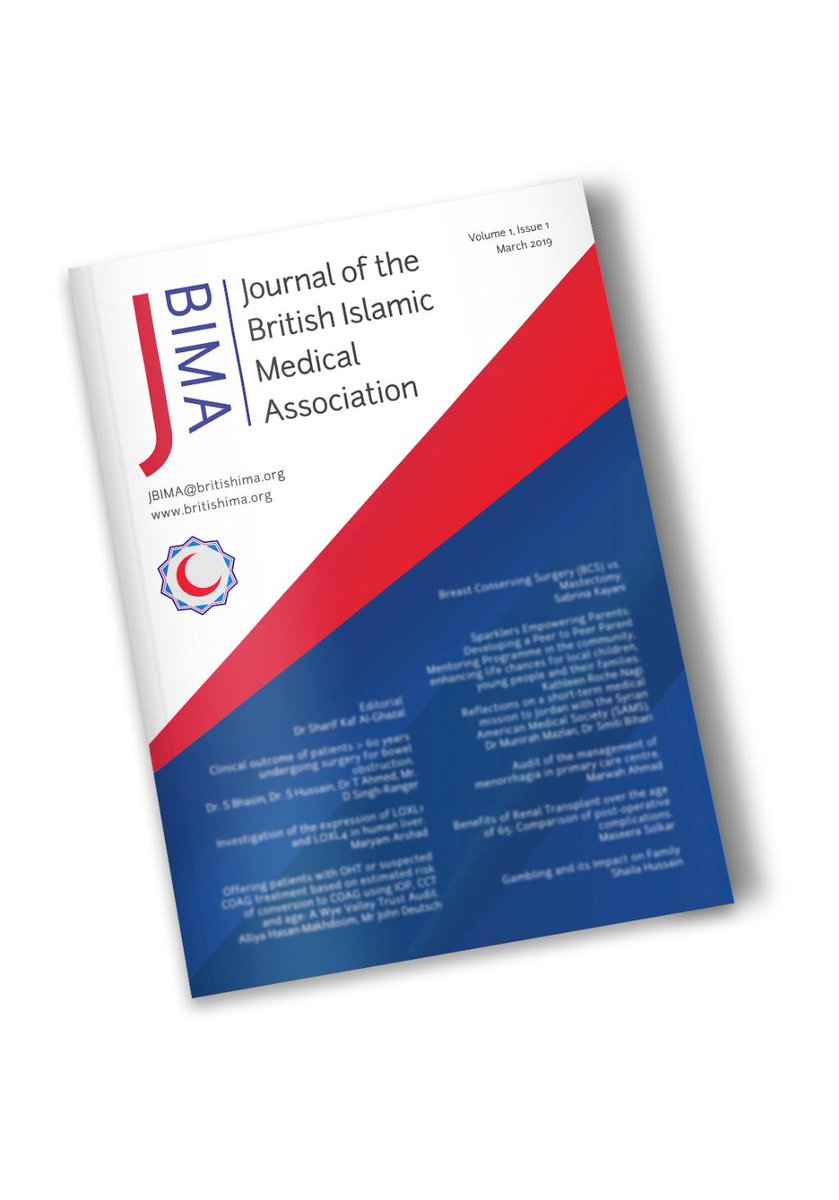
Background:
Congregational prayers, particularly the Friday prayer (Jumuʿah), is a key Islamic obligation and Islamic symbol (1).In accordance with the Shari’a rules, when Muslims gather in the mosques for congregational prayers, five times a day, they set the rows in order, stand shoulder to shoulder, and close the gaps in between two individuals (2).
Aim:
The aim of this analytic study is to assess the importance of preventative measures to reduce the transmission of COVID-19 infection during congregational prayers.
Method:
The risk factors of the transmission of COVID-19 were examined inthe mosque setting. The recent comprehensive deliberations by the representatives of Wifaqul Ulama (3), Muslim Council of Britain (4) and verdicts from other Islamic jurists (5) on this issue were analysed. Risk assessment of spread of the disease was carried out.
Result:
With physical distancing, the transmission of the COVID-19reduces to about 3% when people keep a distance of at least one metre from others, compared with 13% when people keep a distance of less than one metre. With face masks, the chance of transmission was 3% with a mask compared with 17% without a mask (6).
During the COVID-19 pandemic, to minimise the risk of transmission of viral infection during congregational prayers, the recommended formation of closeness has been modified and a zig zag formation has been adopted. Using such a formation, the vertical distance between two persons are more than one metre and horizontal distance is just about one metre. Whilst praying, attendeesdo not face each other. All the attendees perform ablution before they enter the mosques, wear a face mask and use personal prayer mats. Therefore, when they are prostrating in their prayers, they potentially contaminate their own mats which they take with them after finishing prayers. The attendees follow a well guided one-way entrance and exit pathways, maintain proper distancing and spend minimum time in the mosque.
To conduct the practice of religious obligation of congregational prayers the Islamic legal maxims allows modifications to follow the lesser of two evils (7), and to take measures to protect oneself and prevent greater harm and overlook the lesser harm (8).
Conclusion:
Adherence to the guidelines for congregational prayers in the mosques is important for safety of health and to reduce the risk of transmission of COVID-19 infection.
References
- Al Qur’an, Surah Al-Jumu’ah (62:9).
- Abu Dawood, Hadith No 666.
- Wifaqul Ulama and Islamic Council of Europe. Coronavirus briefing for Mosques (v0.9 – 09/09/2020). 2020.
- Muslim Council of Britain. 9 Steps to Re-Opening Mosques Safely. 2020.
- Maulana Naieem Mohammad. Pandemic Advice – Adopting Social Distancing Regulations in the Masajid (Fatwa ID: 03946). 2020.
- Chu DK, Akl EA, Duda S, Solo K, Yaacoub S, Schünemann HJ, et al. Physical distancing, face masks, and eye protection to prevent person-to-person transmission of SARS-CoV-2 and COVID-19: a systematic review and meta-analysis. Lancet. 2020 Jun 27;395(10242):1973–87.
- Qawaaid Ul Fiqhiyya pg.32 #19.
- Qawaaid Ul Fiqhiyya pg.32 #20.

